

Stationed in Kumamoto,
he travels around the country,
pursuing architecture of the future.

Trying to solve issues around the construction industry
The construction industry nowadays is focusing on BIM, Building Information Modeling, where more experienced workers are retiring and the labor population is diminishing, labor shortage and improvement of productivity are pressing issues. BIM is an idea where you create a virtual 3-D construction model on the computer and manage all the information on the construction concerning the name, material, dimensions, and cost of every single part. The traditional way of construction based on 2-D drawing needed rewriting a number of drawings every time an amendment was made. Introducing BIM enables the rewriting of all necessary drawings just by rewriting one model. Moreover, utilizing the data in BIM will manage the whole life cycle of the construction, not only designing and construction, but also maintenance and repairment. Research applying BIM data into construction robots to make automated construction possible is ongoing. I am thrilled to work on BIM, which plays a role in future innovation.
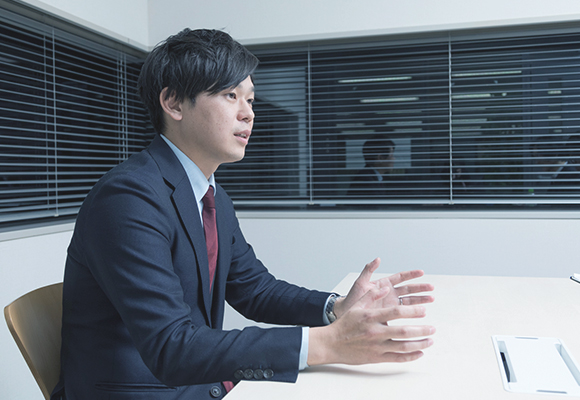
Steadily accumulating knowledge on BIM
KKE offers solutions to support work renovation in the construction industry by organically blending designing, structure design and production design, with BIM at its core. Our team promotes a project for introducing BIM to major house construction companies and general contractors.
My primary role is to manage our team as the team leader, but I also take care of projects I am in charge of. KKE offers staffs an opportunity where you can be in charge of a big project if you are considered a person of motivation and action regardless of your experience. Since BIM is a new technology and concept, none of us knew how to deal with it at first. Clients did not know what they could do with BIM either. We often had to start all over again in the middle of the project finding that it was not going to work, but we gradually had a grasp of the characteristics of BIM and have become able to apply our accumulated experiences and knowledge to our presentations to the clients.
My ordinary day
-
9:00 a.m.
After taking my child to the nursery, I arrive at work, check e-mails and respond (to those which have priorities and take less time)
-
11:00 a.m.
Project meeting (Company A)
-
12:00 noon
Lunch
-
1:00 p.m.
Performance management, offer advice to members
-
2:00 p.m.
Project meeting (Company B)
-
6:00 p.m.
Business assignments (mainly what to be done by the next day)
-
8:00 p.m.
Leave office (stay overtime if necessary)
Utilizing a lucky life and work environment
After I joined KKE, I worked in Tokyo for about three years and was transferred to Kumamoto. Kumamoto and Tokyo both have advantages and disadvantages. In Kumamoto, where you see Mount Aso far in the distance, you do not have the stress of being packed in a commuting train but can start your day feeling fresh. But driving to work has deprived me of my “reading time” which I cherished in the train when working in Tokyo. Working in Kumamoto also made it a little difficult for me to visit in-house experts for advice when I had some questions, which I think is one of the appeals of KKE. I try to be positive about that by thinking that I can “change my workplace depending on the work,” because I travel to Tokyo or Osaka a lot for business meetings with my clients. Based in Kumamoto, I take advantage of working in a flexible style, create the unique BIM of KKE to present an exciting future to people in the construction industry. I also strongly wish to grow by increasing the presence of our BIM design team with world-class tools to society.
Staff Interviews
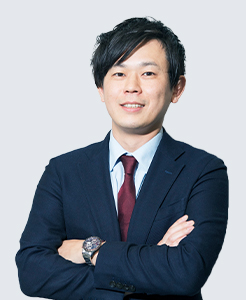
Disaster Preparedness
BIM Design
Stationed in Kumamoto, he travels around the country, pursuing architecture of the future.
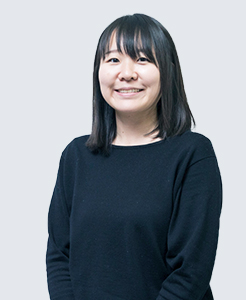
Design support for manufacturing industry
Promoting innovation of manufacturing industry with “Design Automation”

Telecommunication
Radio wave propagation
Challenge the radio wave utilization frontier beyond the border of companies and nations.
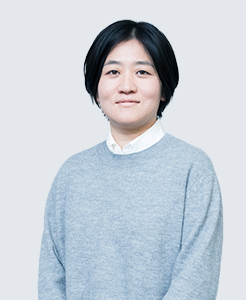
Disaster Preparedness
Creation of earthquake motion
Using fostered “earthquake motion” technology for a more critical mission.
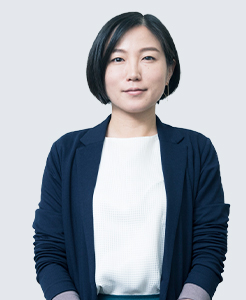
Cloud Service
Sells a global service supporting companies’ e-mail distribution
to the Japanese market.

Disaster Preparedness
Simulation of indoor damage
Contributes to social security and safety via technologies to protect people and facilities in buildings.
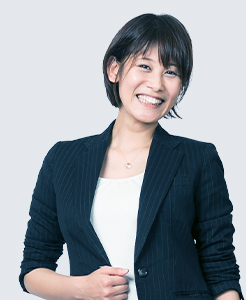
Disaster Preparedness
Seismic diagnosis, design for refurbishment
Increases buildings’ seismic capacities for longer and safer use.
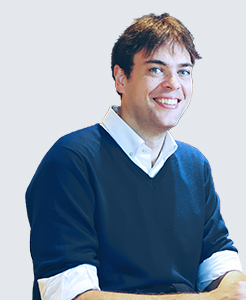
Disaster Preparedness
Structural design, Wind power facilities
Connects domestic and international companies and professionals to contribute to increasing wind power.
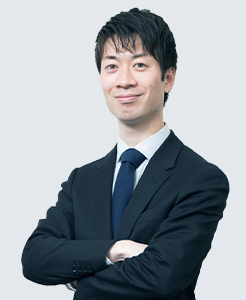
Indoor 3D map
While listening to the clients’ problems, contribute to productivity enhancement with the latest technology.



